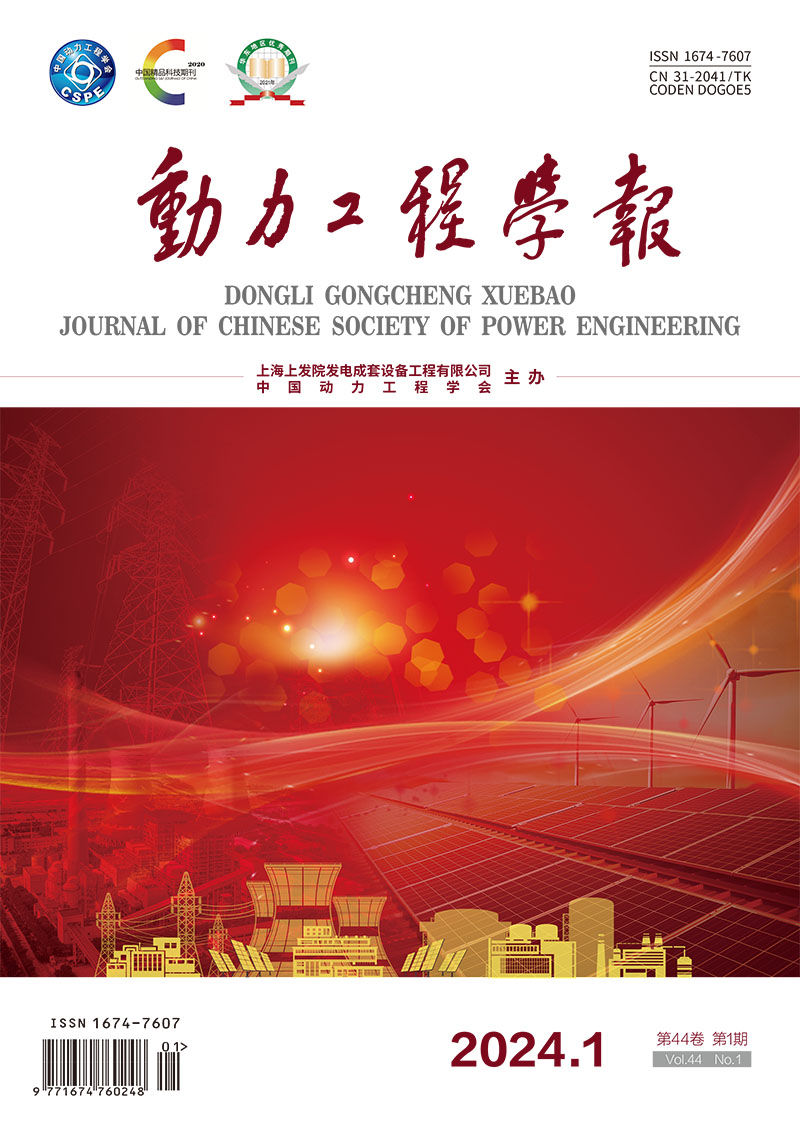Power Equipment and System
SHI Jinyuan, XIE Yuesheng, XU Jiamin
The heat transfer coefficient calculation models and methods for outer surface of steam pipe, main stop valve, control valve and outer casing of steam turbines were established. The heat transfer coefficient calculation formulas for inner surface of steam pipe, main stop valve, control valve, high pressure (HP) outer casing, intermediate pressure (IP) outer casing and low pressure (LP) outer casing of steam turbine, and the composite heat transfer coefficient of the outer surface of the insulation structure and the outer surface of the LP outer casing were given. The calculation model of the heat transfer process of the steam pipe, the metal inner wall of the HP outer casing and the IP outer casing and the double-layer casing wall of the outer wall of the thermal insulation structure, the metal inner wall of the main stop valve, control valve and the double-layer spherical wall of the outer wall of the thermal insulation structure, and the single-layer cylinder wall of the LP outer casing of steam turbine were established. Considering that the inner surface temperature and outer surface temperature of the inner metal wall and the outer surface temperature of the outer wall of the thermal insulation structure were both undetermined, the iterative method was used to determine the surface temperature of these steam turbine components, the heat transfer coefficient and the heat flow density of the heat transfer process. The calculation and analysis of the external surface heat transfer coefficient of the steam pipes, main stop valve, control valve, HP outer casing, IP outer casing and LP outer casing of the steam turbine were completed. The calculation results of the heat transfer coefficient, heat flux density and equivalent surface heat transfer coefficient of the metal inner wall outer surface of these steam turbine components during the heat transfer process were obtained, providing heat transfer boundary conditions for finite element numerical calculation of temperature field and stress field of these steam turbine components.
